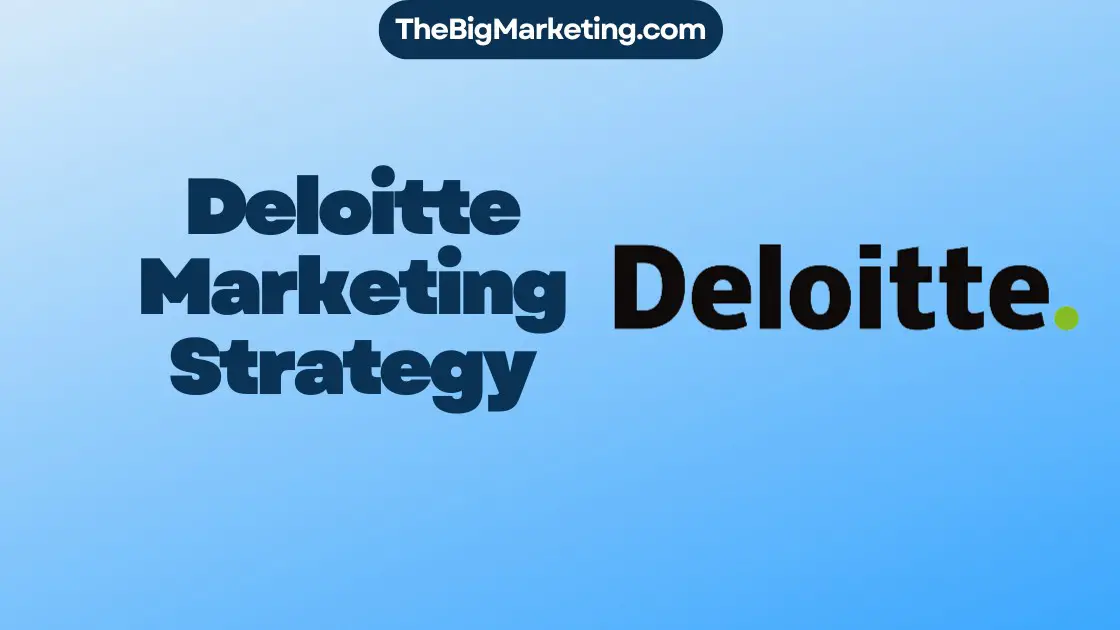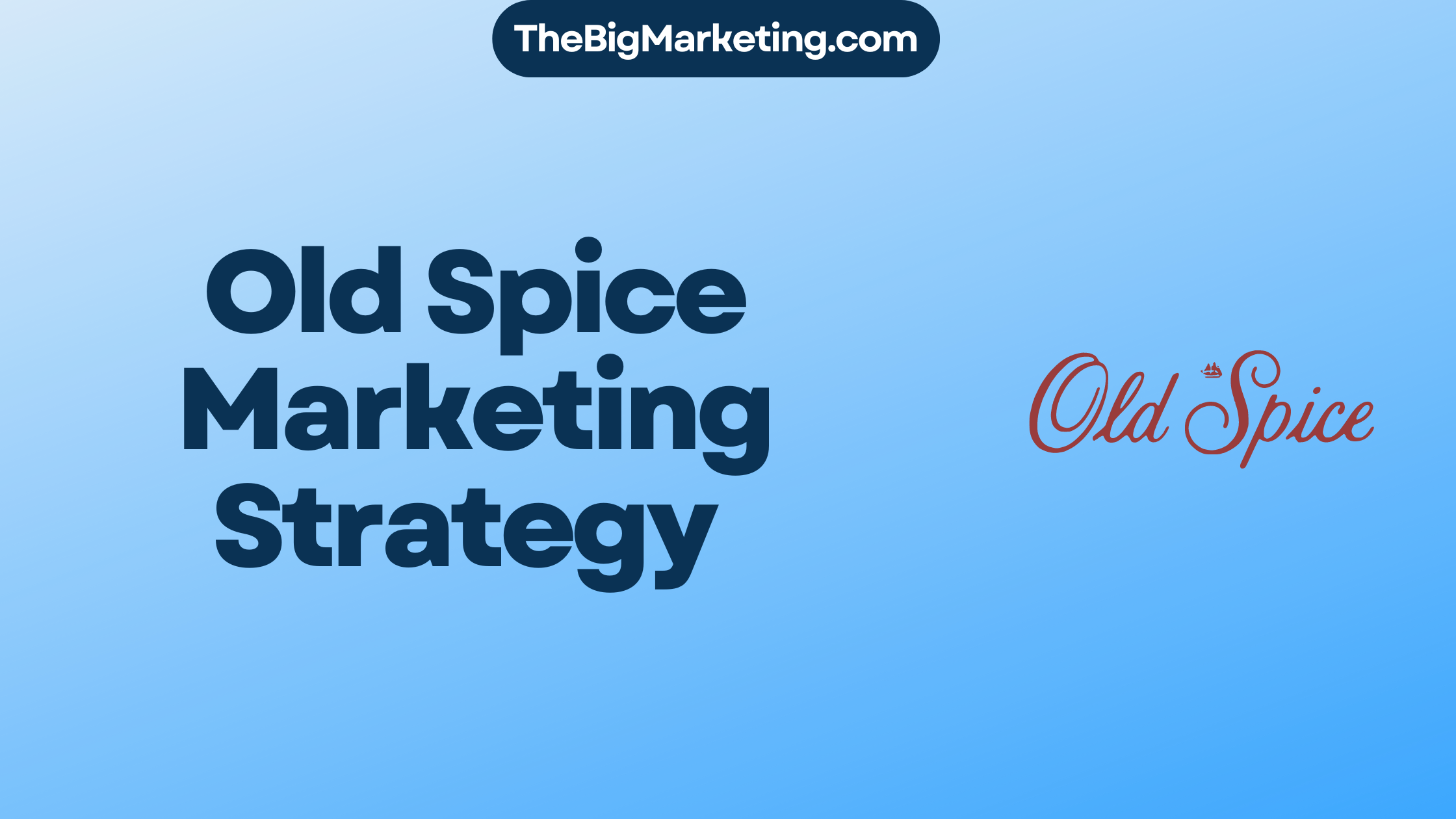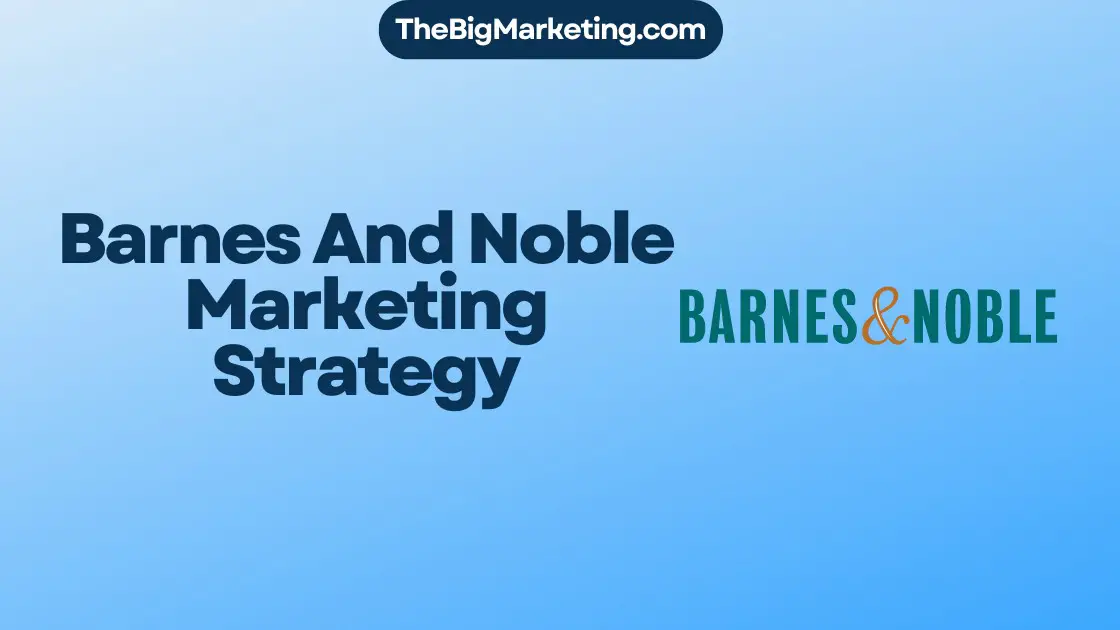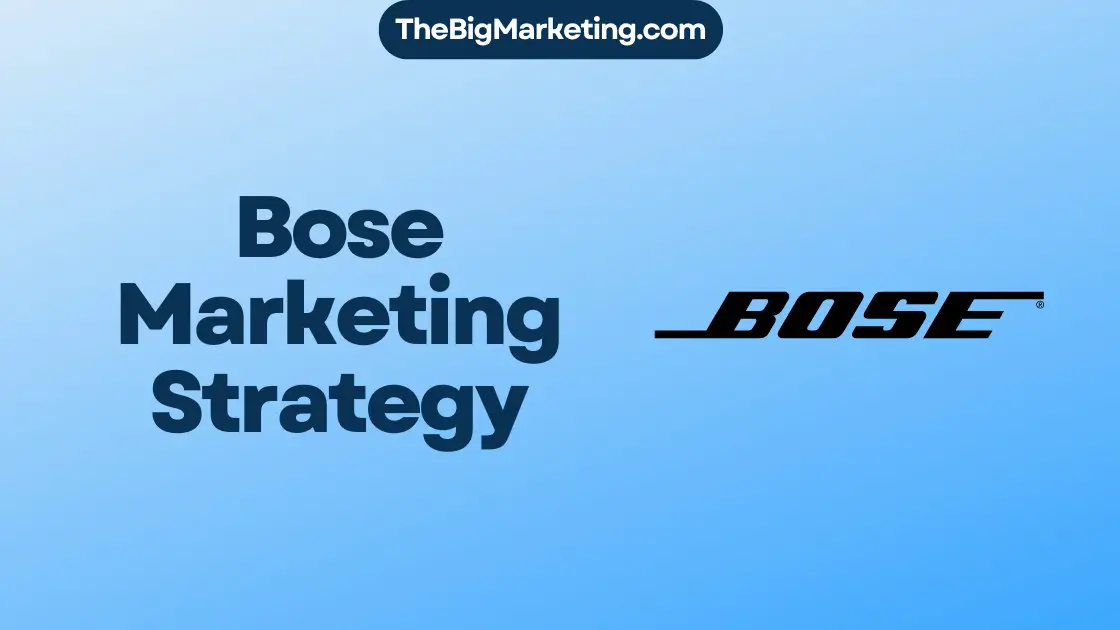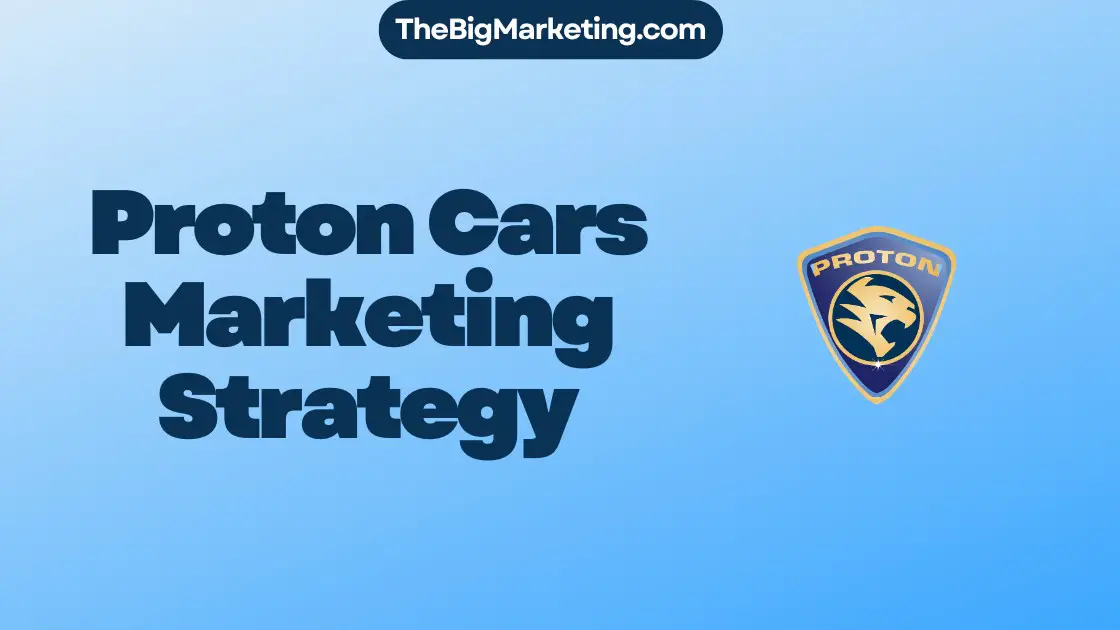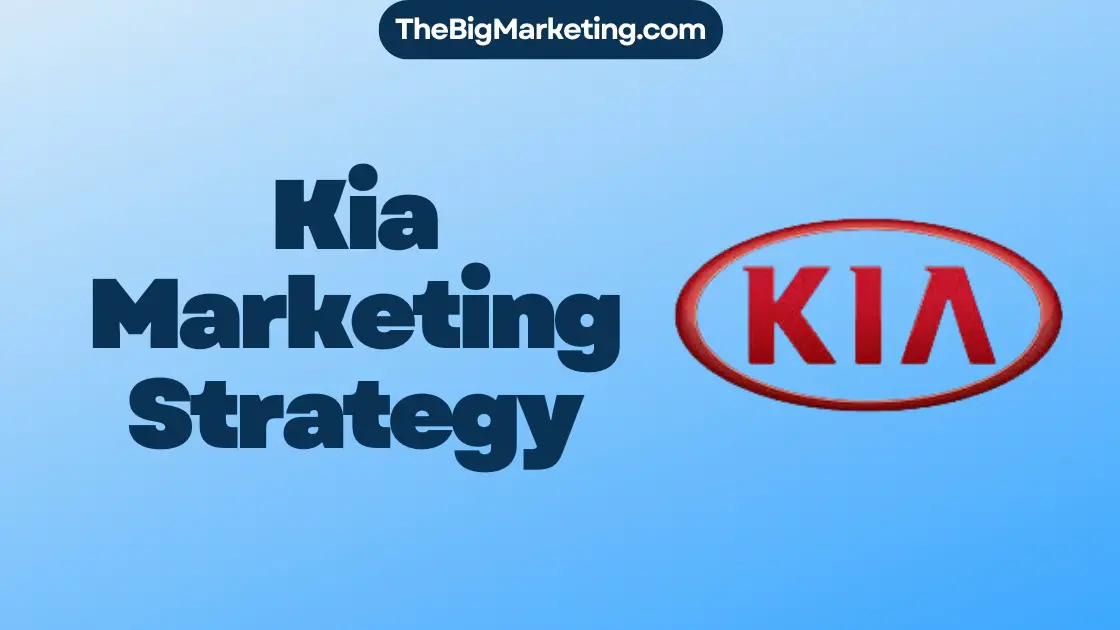Glastonbury Festival, one of the most iconic music festivals in the world, has captivated audiences for decades with its stellar lineup and unique atmosphere. Behind its success lies a well-crafted marketing strategy that has propelled the festival to new heights year after year.
The Glastonbury Festival marketing strategy is built upon the core principles of expanding its customer base and providing cross-generational entertainment. With a focus on raising funds for charities and nurturing a sense of community, Glastonbury aims to attract a diverse audience while staying true to its roots.
In order to achieve its objectives, Glastonbury Festival strategically positions itself in the music festival industry by offering a wide range of contemporary arts and targeting specific age groups. Its competitive advantage lies in utilizing panoramic locations and partnering with media outlets, such as the BBC, to amplify its reach.
The festival’s growth strategy is informed by the Three Horizon Framework, which allows for a holistic approach to decision-making. Horizon 1 focuses on the core activities of organizing the event and raising funds for charities. Horizon 2 explores new expansions, such as targeting the youth population and collaborating with popular artists. Horizon 3 embraces risky and unpredictable possibilities, such as live streaming the festival and embracing emerging technologies.
As Glastonbury Festival continues to evolve, its marketing strategies remain crucial in driving organic growth and creating a sense of anticipation among attendees. By leveraging the power of word of mouth and cultivating a fear of missing out (FOMO) through exclusive televised coverage, the festival has successfully attracted a diverse and enthusiastic audience.
With a strong emphasis on event hype and content marketing, Glastonbury Festival leverages social media platforms and short-form videos to generate excitement and engage attendees. By building anticipation before the event, the festival maximizes engagement and ticket sales.
One of the key factors contributing to Glastonbury Festival’s success is its commitment to experiential marketing. The festival provides a unique and immersive experience for attendees, creating a lasting impression and positive association with the brand. This approach sets Glastonbury apart from digital marketing alone and solidifies its position as a cultural icon.
Glastonbury Festival’s longevity can be attributed to its ability to adapt to changing times while staying true to its core values. The festival’s marketing strategies, including FOMO, event hype, and experiential marketing, have played a crucial role in attracting and retaining attendees. Its unique location, diverse music offerings, and emphasis on community and charity have also contributed to its ongoing success.
Looking ahead, Glastonbury Festival will continue to evolve and meet the changing expectations of attendees. Exploring new marketing trends and enhancing the attendee experience by incorporating augmented reality and immersive technologies will shape the festival’s future. Its commitment to sustainability and social impact will also guide its marketing strategies and ensure its continued relevance in the industry.
Key Takeaways:
- Glastonbury Festival’s marketing strategy focuses on expanding its customer base and offering cross-generational entertainment.
- The Three Horizon Framework informs the festival’s growth strategy and decision-making process.
- Event hype, word of mouth, and FOMO marketing have contributed to the festival’s organic growth.
- Glastonbury Festival leverages social media, short-form videos, and content marketing to create anticipation and engage attendees.
- Experiential marketing is integral to the festival’s success, creating a unique and memorable experience for attendees.
The Three Horizon Framework
Glastonbury Festival implements the Three Horizon Framework to guide its growth strategy and make informed strategic decisions. This framework allows the festival to effectively manage its current activities while exploring new avenues for expansion and embracing innovative possibilities.
Horizon 1: Core Activities
Horizon 1 of the Three Horizon Framework focuses on Glastonbury Festival’s core activities, which include organizing the event and raising funds for charities. These activities are essential for the festival’s continued success and provide a solid foundation for growth. By ensuring the smooth execution of the festival and maintaining its commitment to charitable causes, Glastonbury Festival secures its position as one of the world’s premier music events.
Horizon 2: New Expansions
In Horizon 2, Glastonbury Festival explores new expansions to further its growth and connect with diverse audiences. This involves strategizing ways to target the youth population and partnering with popular artists. By engaging with younger demographics and collaborating with renowned musicians, the festival attracts new attendees and expands its reach. These initiatives help Glastonbury Festival stay relevant and continuously evolve in the ever-changing landscape of the music industry.
Horizon 3: Risky and Unpredictable Possibilities
Horizon 3 represents Glastonbury Festival’s willingness to embrace risky and unpredictable possibilities. This involves exploring new technologies, such as live streaming the festival to a global audience. By leveraging technology and innovation, Glastonbury Festival stays ahead of the curve and paves the way for future growth opportunities. Embracing horizon 3 allows the festival to remain at the forefront of industry trends and continue providing an exceptional experience to its attendees.
Through the Three Horizon Framework, Glastonbury Festival maintains a balanced approach to growth. By prioritizing core activities, exploring new expansions, and embracing innovation, the festival strategically positions itself for long-term success in the dynamic world of music festivals.
Strategic Positioning
The strategic positioning of Glastonbury Festival is a result of careful consideration of its external environment, strategic capabilities, purpose, and culture. By leveraging these factors, the festival has effectively carved out a unique position for itself in the music festival industry.
Influences from the External Environment
Glastonbury Festival strategically positions itself by taking advantage of opportunities presented by the external environment. The festival capitalizes on the continued economic growth of the music festival industry, ensuring its relevance in a highly competitive landscape. Additionally, Glastonbury Festival’s commitment to fundraising for charities has positively impacted its brand image, reinforcing its position as a socially responsible event.
The Power of Location
Situated in the picturesque Somerset countryside, the festival’s location contributes to its distinctive appeal. The natural beauty of the surroundings creates a unique atmosphere that sets Glastonbury Festival apart from other events. This strategic positioning allows attendees to immerse themselves in the festival experience while enjoying the scenic setting.
Cultural Significance and Exclusivity
Glastonbury Festival strategically positions itself as a cultural phenomenon and cultivates an air of exclusivity. By attracting well-known celebrities and artists, the festival becomes synonymous with cultural relevance. Celebrity endorsements and televised broadcasts generate hype and increase the festival’s appeal among music enthusiasts. This exclusive nature creates a sense of anticipation and drives ticket sales.
| Strategic Positioning Factors | Description |
|---|---|
| External Environment | Glastonbury Festival capitalizes on the economic growth of the music festival industry and its positive brand image. |
| Location | The festival’s scenic Somerset countryside location adds to its unique appeal. |
| Cultural Significance | By attracting celebrities and leveraging televised broadcasts, Glastonbury Festival creates an air of exclusivity and generates hype. |
By strategically positioning itself in the industry, Glastonbury Festival has established its brand as a cultural icon and a must-attend event for music enthusiasts. The next section will explore the organic growth and word of mouth marketing that has contributed to the festival’s success.
Organic Growth and Word of Mouth
Glastonbury Festival has experienced significant organic growth, driven primarily by word of mouth marketing. The festival’s ability to adapt to changing musical trends and its inclusive atmosphere have been instrumental in attracting a diverse audience.
The festival’s location in the picturesque Somerset countryside adds to its unique charm and offers a connection to nature that resonates with attendees. Glastonbury Festival’s commitment to showcasing a wide range of genres and emerging artists has further contributed to its organic growth, attracting music enthusiasts from various backgrounds.
Word of Mouth Marketing
Word of mouth has played a pivotal role in the success of Glastonbury Festival. Attendees who have experienced the festival firsthand become passionate advocates, sharing their memorable experiences with friends, family, and colleagues.
Peer recommendations carry significant weight and can heavily influence others’ decision to attend the festival. The organic spread of positive word of mouth has helped build a strong community around Glastonbury Festival and contributed to its continued growth.
FOMO Marketing
Fear of Missing Out (FOMO) marketing has also been a key driver of Glastonbury Festival’s success. The festival’s decision to televise performances created a sense of exclusivity and heightened the desire among music lovers to be part of the live experience.
As Glastonbury Festival gained popularity, ticket availability became limited, further fueling FOMO. The fear of missing out on a unique and life-changing event motivates prospective attendees to secure tickets as soon as they become available.
Event Hype and Social Media
Glastonbury Festival leverages event hype and social media platforms to generate excitement and engagement. The festival strategically uses social media channels to share updates on lineup announcements, artist collaborations, and exclusive festival content.
Short-form videos and visually captivating posts help build anticipation and highlight the festival’s unique atmosphere. Sharing user-generated content further amplifies the hype and showcases the vibrant and diverse community that surrounds Glastonbury Festival.
Celebrity Endorsements
Another contributing factor to Glastonbury Festival’s organic growth is the influence of celebrity endorsements. Renowned musicians and artists who have performed at the festival add credibility and glamour to the event.
Celebrities sharing their experiences and praising the festival on social media platforms reach wider audiences and generate interest among their dedicated fan bases. This indirect endorsement helps attract new attendees who trust the taste and judgment of their favorite celebrities.
Glastonbury Festival Organic Growth Factors
| Factors | Description |
|---|---|
| Adaptability to Musical Trends | Glastonbury Festival’s ability to stay current and showcase diverse musical genres attracts a broad audience. |
| Inclusivity | The festival’s commitment to inclusivity creates a welcoming environment for attendees from all backgrounds. |
| Location | The picturesque Somerset countryside and connection to nature add to the festival’s unique appeal. |
| Word of Mouth | Positive experiences shared by attendees generate interest and attract new festival-goers. |
| FOMO Marketing | Creating a sense of exclusivity and fear of missing out contributes to high ticket demand. |
| Celebrity Endorsements | The support and praise from renowned artists generate significant curiosity and interest. |
The Power of FOMO
Glastonbury Festival’s marketing strategy leverages the power of FOMO (Fear of Missing Out) to create a sense of urgency and desire among potential attendees. By showcasing the festival as a life-changing experience, organizers tap into people’s fear of missing out on something extraordinary.
One of the key drivers of FOMO marketing for Glastonbury Festival is the televised coverage of the event. The broadcast provides a sneak peek into the vibrant atmosphere, captivating performances, and the presence of celebrities. This visual spectacle entices viewers and motivates them to secure their place at the festival, driving ticket sales.
To amplify the FOMO effect, Glastonbury Festival strategically utilizes digital platforms and social media. Short-form videos shared across various channels create a buzz, generating excitement and anticipation among the festival’s target audience. The snippets of captivating performances, breathtaking scenery, and enthusiastic crowds ignite the FOMO factor, compelling potential attendees to act swiftly and secure their tickets.
By leveraging FOMO, Glastonbury Festival not only increases ticket sales but also enhances the overall exclusivity of the event. Attendees feel part of an exclusive club, privileged to experience this renowned festival firsthand. The power of FOMO extends beyond just ticket sales, shaping the perception and desirability of Glastonbury Festival in the minds of music enthusiasts around the world.
Event Hype and Content Marketing
Glastonbury Festival understands the power of event hype and content marketing in creating excitement and engaging attendees. By leveraging social media platforms and captivating short-form videos, the festival builds anticipation and stirs up FOMO (Fear of Missing Out). This strategic approach maximizes audience engagement and drives ticket sales.
Social media plays a central role in generating event hype for Glastonbury Festival. The festival’s official social media accounts strategically release teasers, lineup announcements, and behind-the-scenes content to pique the interest of fans. Regular updates keep the festival top of mind and build excitement leading up to the event.
Short-form videos on platforms like YouTube or TikTok have become powerful tools for creating event hype. Glastonbury Festival utilizes these platforms to share highlights from previous festivals, exclusive artist interviews, and breathtaking performances. These videos not only showcase the incredible atmosphere of the festival but also leave viewers yearning for the firsthand experience.
Through content marketing, Glastonbury Festival takes a proactive approach in engaging potential attendees. The festival collaborates with influencers, musicians, and industry insiders to create compelling articles, blog posts, and interviews that highlight the festival’s unique offerings. This content resonates with the target audience, evoking a sense of anticipation and fostering a strong emotional connection to the event.
The integration of event hype and content marketing allows Glastonbury Festival to create a buzz that spreads organically. Attendees become brand ambassadors, eagerly sharing their excitement with friends, family, and on social media. This word-of-mouth marketing further amplifies the event hype and contributes to the festival’s success.
To illustrate the power of event hype and content marketing at Glastonbury Festival, consider the following table:
| Elements of Event Hype and Content Marketing | Impact on Attendee Engagement |
|---|---|
| Strategic social media campaigns | Generates widespread anticipation and builds excitement |
| Compelling short-form videos | Captivates audiences and leaves them eager to experience the festival in person |
| Influencer collaborations and exclusive content | Creates emotional connections and fosters a sense of exclusivity |
| Word-of-mouth marketing | Amplifies event hype and increases ticket sales through enthusiastic recommendations |
The combination of event hype and content marketing is a powerful strategy employed by Glastonbury Festival to engage attendees, generate excitement, and drive ticket sales. By leveraging social media, captivating short-form videos, and compelling content, the festival ensures that its brand remains at the forefront of attendees’ minds, creating a sense of anticipation that lasts long after the festival ends.
The Power of Experiential Marketing
Experiential marketing plays a crucial role in the success of the Glastonbury Festival. By providing a unique and unforgettable experience for attendees, the festival creates a powerful positive association with its brand. Unlike digital marketing alone, experiential marketing allows the festival to stand out and leave a lasting impression on consumers.
At Glastonbury Festival, it’s not just about selling tickets and promoting artists; it’s about creating an immersive environment that captivates the senses and fosters a sense of community. Every aspect of the festival is carefully curated to deliver an unparalleled attendee experience, from the stunning stage designs and captivating performances to the delicious food vendors and interactive art installations.
The Glastonbury Festival provides a holistic experience that goes beyond the music itself. Attendees can explore various themed areas, participate in workshops and activities, and even contribute to the festival’s charitable initiatives. This multi-dimensional approach to experiential marketing ensures that every attendee feels engaged, connected, and part of something truly special.
The power of in-person marketing cannot be understated. Experiential marketing allows brands like Glastonbury Festival to connect with their target audience on a deeply emotional level, creating memories and experiences that last a lifetime. By immersing attendees in a rich and diverse environment, the festival creates a sense of exclusivity and authenticity, fostering brand loyalty and generating positive word-of-mouth.
In addition to providing an exceptional attendee experience, Glastonbury Festival leverages the power of experiential marketing to drive engagement and create viral moments. The festival’s unique and captivating features often become the focal point of social media conversations, fueling excitement and interest among potential attendees.
Experiential marketing allows Glastonbury Festival to differentiate itself from other music events and establish a strong brand identity. Attendees leave the festival with unforgettable memories and a deep connection to the brand, which translates into a loyal and passionate fan base.
The Impact of Experiential Marketing at Glastonbury Festival
The impact of experiential marketing at Glastonbury Festival can be seen in the event’s continued success and its ability to attract a diverse range of attendees from around the world. The festival’s reputation for delivering exceptional experiences and its commitment to providing an inclusive and immersive environment has solidified its position as one of the most iconic and sought-after music festivals in the world.
| Key Benefits of Experiential Marketing at Glastonbury Festival | Impact on Attendee Experience |
|---|---|
| Creates a positive association with the brand | Attendees feel connected, engaged, and part of something special |
| Fosters brand loyalty and generates positive word-of-mouth | Attendees become loyal and passionate advocates for the festival |
| Differentiates Glastonbury Festival from competitors | The festival stands out as a unique and unforgettable experience |
| Drives engagement and generates viral moments | Attendees share their experiences on social media, creating buzz and attracting new attendees |
The Growth of Glastonbury Festival
Glastonbury Festival has experienced remarkable growth since its humble beginnings. From a small music gathering in 1970, it has evolved into a global phenomenon, attracting hundreds of thousands of attendees each year and generating millions in revenue.
The festival’s growth can be attributed to its strategic marketing initiatives. Glastonbury Festival leveraged the power of word of mouth, harnessing the enthusiasm of its attendees to spread the word and attract new fans. The festival’s unique charm and memorable experiences created a strong buzz among music enthusiasts and helped fuel its growth.
Celebrity endorsements played a crucial role in promoting the festival and expanding its reach. Renowned artists and musicians have graced the Glastonbury stage, adding prestige and drawing attention from a wider audience. This star power further increased the festival’s visibility and contributed to its growth.
Moreover, Glastonbury Festival’s televised broadcasts have been instrumental in reaching global audiences. The festival’s partnership with media outlets, such as the BBC, enabled millions of people around the world to experience the magic of Glastonbury from the comfort of their homes. This exposure not only attracted new attendees but also elevated the festival’s status in the music industry.
The ability of Glastonbury Festival to adapt to changing musical trends has been a key factor in its sustained growth. The festival has consistently curated diverse lineups, featuring various genres and artists that appeal to a wide range of music lovers. By staying relevant and appealing to evolving tastes, Glastonbury Festival has continued to attract new audiences and retain its loyal fan base.
The Evolution of Glastonbury Festival
Glastonbury Festival’s evolution has been marked by innovation and a commitment to creating unique experiences. As the festival grew, it expanded its offerings beyond music, incorporating elements of contemporary arts, performance, and cultural attractions.
Over the years, Glastonbury Festival has embraced emerging technologies to enhance the attendee experience. From mobile apps that provide real-time updates and interactive maps to immersive installations and virtual reality experiences, the festival has embraced the digital era while preserving its rustic and authentic atmosphere.
The festival’s evolution can also be seen in its efforts to promote sustainability and environmental consciousness. Glastonbury Festival has implemented initiatives to reduce its carbon footprint, minimize waste, and promote eco-friendly practices. By aligning its values with those of its attendees, the festival has positioned itself as a leader in environmentally responsible event management.
To illustrate the growth and evolution of Glastonbury Festival, below is a table highlighting key milestones and achievements:
| Year | Attendees | Revenue (USD) |
|---|---|---|
| 1970 | 1,500 | $0 |
| 1985 | 40,000 | $550,000 |
| 1997 | 100,000 | $4.2 million |
| 2019 | 200,000+ | $50 million+ |
As the table demonstrates, Glastonbury Festival has experienced a significant increase in both attendees and revenue over the years. This growth is a testament to the festival’s enduring appeal and its ability to adapt and innovate in a rapidly evolving industry.
The Significance of Glastonbury Festival
Glastonbury Festival holds immense cultural significance as a celebrated symbol of British music and an iconic event that commemorates various societal milestones. Beyond its reputation as a music festival, Glastonbury’s cultural impact extends to the realms of art, social movements, and political issues.
As a cultural icon, Glastonbury Festival has successfully positioned itself as a template for other festivals, setting the benchmark for immersive experiences and innovative marketing strategies. Its branding efforts, in conjunction with effective marketing campaigns, have solidified its position as a revered institution in the music festival landscape.
Glastonbury Festival’s ability to attract globally renowned musicians, curate diverse and inclusive lineups, and provide a platform for emerging artists showcases its commitment to supporting the music industry and fostering artistic expression. By consistently elevating the standard of performances and showcasing a wide range of genres, the festival cultivates an environment that celebrates artistic diversity and creative freedom.
Beyond music, Glastonbury Festival serves as a catalyst for facilitating conversations around pressing social issues. The festival often incorporates various platforms for activism, allowing attendees to engage with and contribute to meaningful causes. Through workshops, exhibits, and discussions, Glastonbury creates an inclusive space where social justice movements are highlighted, fostering awareness and driving change.
The festival’s integration of art installations, interactive experiences, and immersive environments underscores its commitment to marrying various creative disciplines. By curating a multi-sensory experience, Glastonbury Festival offers attendees an opportunity to explore art and culture in unique and engaging ways.
Overall, Glastonbury Festival is not merely a music event but a cultural phenomenon that has embedded itself within the fabric of British society. Its lasting impact, cultural relevance, and ability to evolve with the times make it an influential force in shaping the future of music festivals and cultivating rich cultural experiences.
The Longevity of Glastonbury Festival
Glastonbury Festival’s longevity can be attributed to a combination of factors that have allowed it to sustain its success and remain a cultural phenomenon. By adapting to changing times while staying true to its core values, the festival has been able to evolve and capture the attention of diverse audiences.
One of the key success factors of Glastonbury Festival is its strategic marketing approach. The festival’s ability to generate a sense of FOMO (Fear of Missing Out) through its marketing campaigns has played a crucial role in attracting and retaining attendees. Building up event hype and creating anticipation through content marketing and social media platforms has become a hallmark of the festival’s promotional strategies.
Furthermore, Glastonbury Festival’s emphasis on creating a unique and unforgettable experience for attendees has contributed to its longevity. The festival’s strategic location in the picturesque Somerset countryside adds to its charm and provides a distinct setting that sets it apart from other music festivals. The diverse range of music offerings, spanning various genres and showcasing both established and emerging artists, has further expanded the festival’s appeal.
Moreover, Glastonbury Festival’s commitment to community and charity has resonated with attendees and created a strong sense of connection and loyalty. The festival’s support for charitable causes and its efforts to create a sustainable and inclusive environment have fostered a positive reputation and enhanced its long-term success.
As Glastonbury Festival continues to adapt and innovate, it remains a shining example of longevity in the music festival industry. By combining strategic marketing, a unique location, diverse music offerings, and a commitment to community and charity, the festival has solidified its position as a cultural icon and a must-attend event for music lovers around the world.
The Future of Glastonbury Festival
As Glastonbury Festival looks towards the future, it recognizes the importance of adapting to meet the ever-changing expectations of its attendees. To stay ahead of the curve, the festival may explore new marketing trends that enhance the overall attendee experience.
One potential avenue for Glastonbury Festival is the incorporation of augmented reality (AR) technology. By leveraging AR, the festival can create interactive and immersive experiences that transport attendees to new realms of entertainment. From virtual stages to interactive art installations, AR has the potential to revolutionize the way attendees engage with and experience the festival.
Glastonbury Festival also places a strong emphasis on sustainability and social impact, which will undoubtedly shape its future marketing strategies. As the world becomes more environmentally conscious, the festival can continue to lead the way by implementing sustainable practices and raising awareness about important social issues. By aligning its marketing efforts with these values, Glastonbury Festival can strengthen its brand image and appeal to a wider audience.
The Evolution of Glastonbury Festival: A Timeline
To fully appreciate the future of Glastonbury Festival, it’s essential to reflect on its past and how it has evolved over the years. The following timeline highlights key milestones and memorable moments:
| Year | Event |
|---|---|
| 1970 | The inaugural Glastonbury Festival takes place |
| 1981 | Televised coverage of the festival begins, expanding its reach |
| 1990s | Glastonbury Festival becomes a cornerstone of British music culture |
| 2000 | Celebration of the new millennium attracts record-breaking attendance |
| 2010 | The festival embraces digital marketing, leveraging social media to build hype |
| 2019 | One-year break to allow the land to recover and minimize the festival’s ecological impact |
This timeline showcases how Glastonbury Festival has consistently adapted and evolved, demonstrating its commitment to staying relevant and meeting the needs of its attendees. The festival’s future success will be built upon this foundation, combining innovative marketing strategies with its core values of sustainability, community, and outstanding entertainment.
Conclusion
Glastonbury Festival serves as a compelling case study for the effectiveness of experiential marketing and the power of word of mouth. The festival’s strategic positioning, organic growth, FOMO marketing, and emphasis on the attendee experience have contributed to its ongoing success.
By strategically positioning itself in the music festival industry, Glastonbury Festival has been able to expand its audience and raise funds for charities, while maintaining its unique appeal. The festival’s ability to adapt to changing musical trends and create an unforgettable experience for attendees has solidified its significance as a cultural icon.
As Glastonbury Festival continues to evolve and adapt, it will undoubtedly influence the future of music festivals and marketing strategies in the industry. With its key takeaways of strategic positioning, organic growth, FOMO marketing, and prioritizing the attendee experience, Glastonbury Festival sets the stage for a successful and impactful future.

